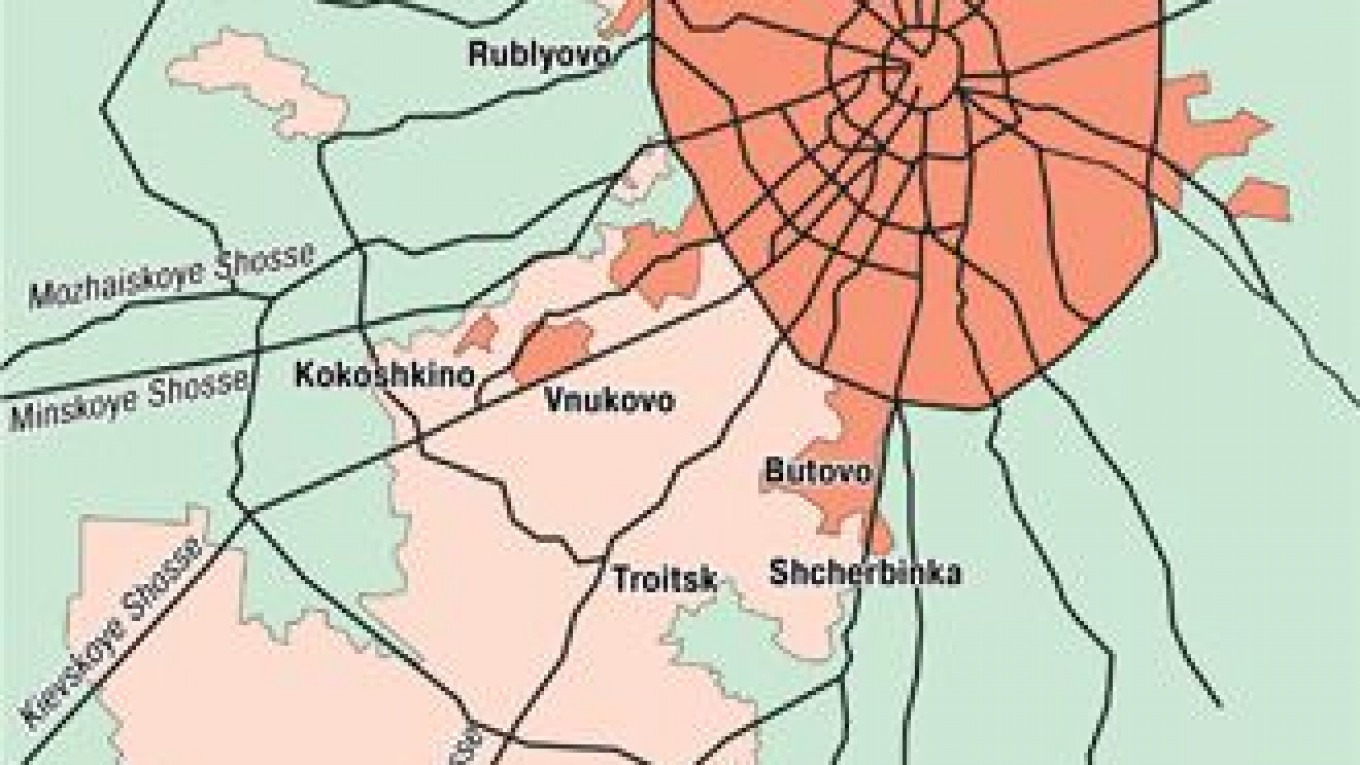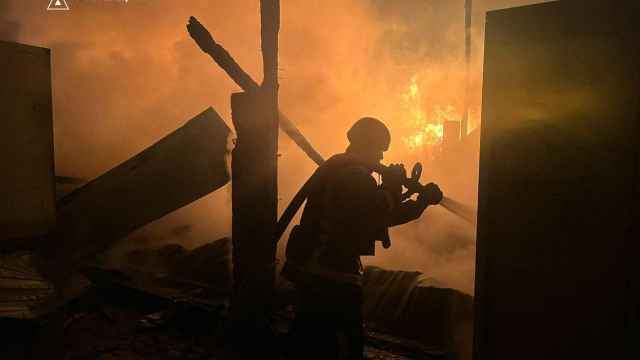Moscow's City Hall has received the right of first refusal to land in the territories recently incorporated into the city.
The move comes at a time when the unprecedented project to more than double the size of Moscow is boosting the value of the newly integrated land, which is located next to Rublyovka, one of the most upmarket areas in the country.
Investors are betting that the relocation of some government buildings into the area will be a great boon for land prices.
The policy giving the city the right of first refusal came into force July 1 and is aimed at preventing land speculation, a City Hall official said.
It is part of the amendments to the law on the sale of farmland that were passed on June 29, and it is valid until Jan. 1, 2025.
Under the regulation, sellers of land formerly classified as agricultural must notify the authorities of their intent to sell and specify the price.
Any deals involving such land will be possible only if City Hall refuses to buy it, said Maxim Leshchyov, CEO of Geo Development.
The seller must also inform City Hall about any price reductions. If the rules are broken, the authorities have the right to go to court and claim title to the land within a year.
The new rules will also pose problems for individual owners of plots on former agricultural land, since those owners will have to seek City Hall approval for any deals, a landowner said.
But little will change for corporate property, because owners prefer to sell the landowning company rather than the land itself. The sale of shares in such companies is not subject to the law on the sale of farmland.
At the start of this month, 148,864 hectares of land southwest of the city was incorporated into Moscow and transferred to the category of urban land.
According to Moscow's Land Resources Department, the new territories include 70,000 hectares of land formerly categorized as forestland and 46,500 hectares of former farmland.
Despite the change in category, the land can still be used for farming, an official at the department said.
A Message from The Moscow Times:
Dear readers,
We are facing unprecedented challenges. Russia's Prosecutor General's Office has designated The Moscow Times as an "undesirable" organization, criminalizing our work and putting our staff at risk of prosecution. This follows our earlier unjust labeling as a "foreign agent."
These actions are direct attempts to silence independent journalism in Russia. The authorities claim our work "discredits the decisions of the Russian leadership." We see things differently: we strive to provide accurate, unbiased reporting on Russia.
We, the journalists of The Moscow Times, refuse to be silenced. But to continue our work, we need your help.
Your support, no matter how small, makes a world of difference. If you can, please support us monthly starting from just $2. It's quick to set up, and every contribution makes a significant impact.
By supporting The Moscow Times, you're defending open, independent journalism in the face of repression. Thank you for standing with us.
Remind me later.






